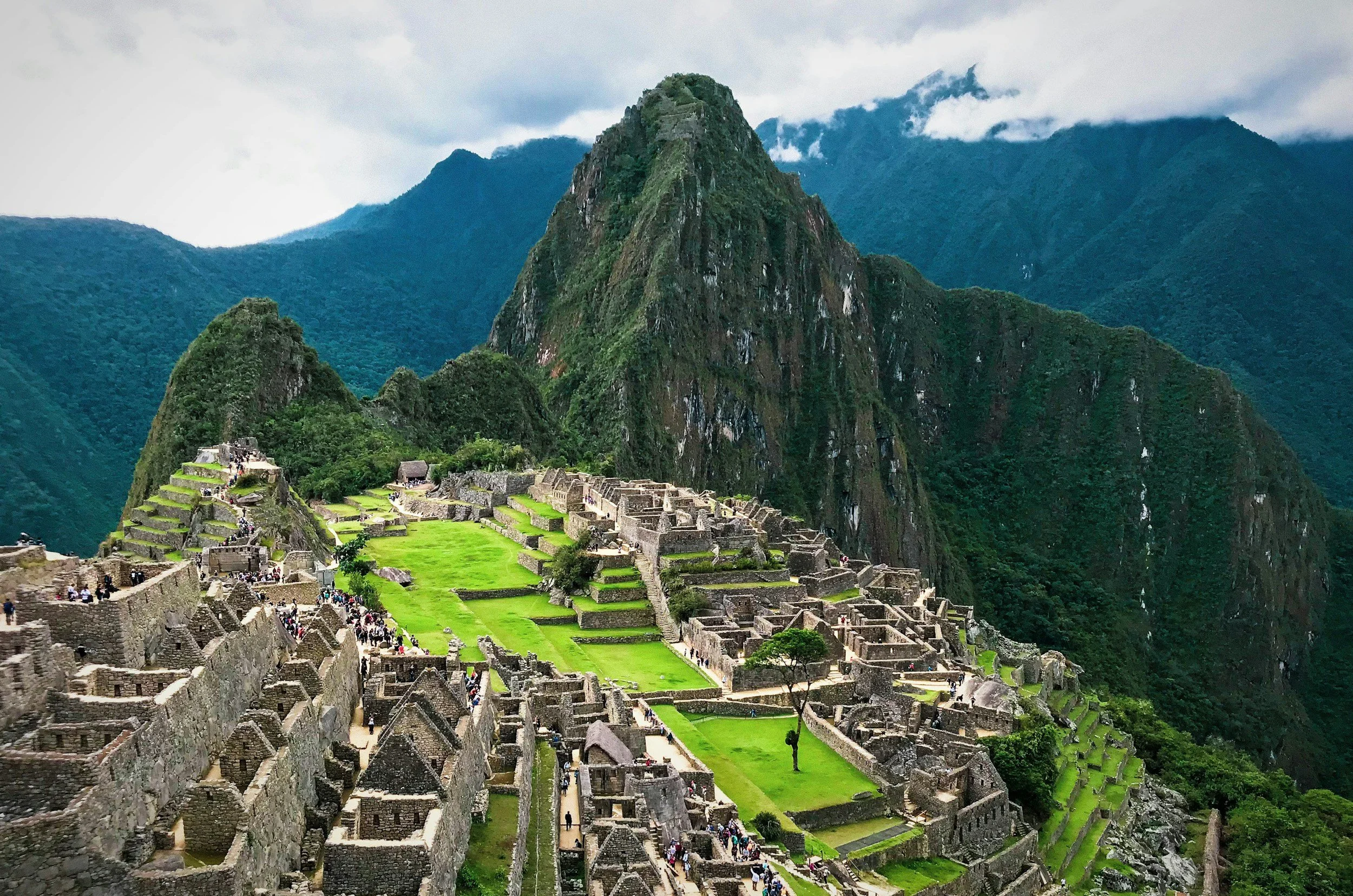Perú, a country with unique history and a promising future.
History
Perú is a country in the middle of South America that faces the Pacific Ocean. It was the center of the Inca Empire. “The Inca Civilization flourished in ancient Peru between c. 1400 and 1533 CE. The Inca Empire eventually extended across western South America from Quito in the north to Santiago in the south. It was the largest empire ever seen in the Americas and the largest in the world at that time.”
Perú is a republic since 1821, when peruvians recovered its independence, after the Spanish colonial period.
Relevant facts
Now it is is the third largest country in South America, after Brazil and Argentina. The capital of the country is Lima which is located along the coast in front of the Pacific Ocean. The country is made up of a variety of landscapes, from mountains and beaches to deserts and rain forests.
One of Perú´s significant strength is the vast diversity within its people, geography and its nature. This includes varied natural resources and energy sources as well. You can find this diversity along its coastal lands and offshore in the Pacific Ocean from north to south. If you cross the country from west to east you will find very soon the Andes Mountains, rich in mineral resources and then the Rain forest with plenty of jungle, rivers and all kinds of living animals and vegetation.
State structure
Peruvian state is organized as a democratic republic with Executive and Legislative branches elected every 5 years by scheduled general elections. There is also a Judicial branch that administers justice. Legal system is based in one State Constitution General Law issued in 1993 combined with several Legal Codes and specific laws.

